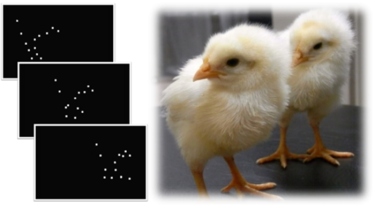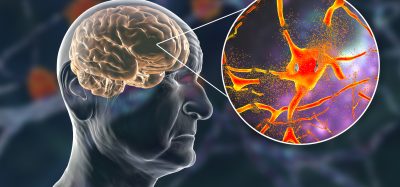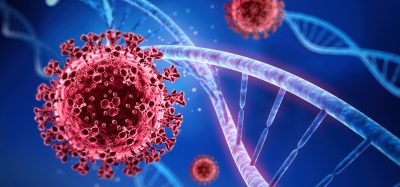ASD-like symptoms in chicks caused by neonicotinoid
Posted: 22 November 2022 | Izzy Wood (Drug Target Review) | No comments yet
Japanese researchers found an ASD-like behavioural impairment in chicks, suggesting a molecular pathway of ASD pathogenesis.


Researchers at Hokkaido University, Japan, found an ASD-like behavioural impairment in chicks, suggesting a molecular pathway of ASD pathogenesis.
The scientists, published in Cerebral Cortex Communications, disturbed transmission via nicotinic acetylcholine receptors in chick foetuses, which impaired the hatchlings’ preference for animate objects- similar to what is seen in autism spectrum disorder (ASD) in humans.
Individuals with ASD have difficulties with social communication and interaction. Diverse causes of ASD are hypothesised, but most of them remain to be misunderstood. Thus, the researchers invested in developing the appropriate animal models to study the causes.
One of the earliest indications of ASD is a hindered preference for animate objects such as face configuration and biological motion (BM). This preference typically appears in neonates, but it is hampered in individuals with familial ASD risk. Common mammalian model animals such as rats and mice are not valid for studying this aspect of ASD as they do not spontaneously exhibit BM preference.
The team used chicks as a model to study BM preference because like humans, chicks exhibit a preference for BM very early in life.
The team initially hypothesised that spontaneous movement of foetuses is critical for the BM preference to develop. To test this, they injected fertilised eggs with ASD-risk chemicals while monitoring the foetal movements through a record stylus gently placed on the shell surface. After hatching, preference of the chicks was tested in a T-shaped maze.


A simulation of biological motion (left) and leghorn chicks of the same breed as those used in the study (right) [Credit: Toshiya Matsushima].
Chemicals that arrested foetal movements were systematically tested. Ketamine, tubocurarine, methyllycaconitine and imidacloprid (IMI) significantly reduced the BM preference without impairing the imprinting memory formation.
The chemicals acted on nicotinic acetylcholine receptors (nAChRs). Interestingly, when bumetanide: a drug reported to reduce severity in some ASD cases, was administered to chicks before imprinting, typical BM preference was resumed.
Contrary to the initial hypothesis, however, the arrested foetal movement did not necessarily cause impairment in BM preference. Rather, the results show that transmission via nAChRs is critical. If disturbed, the BM preference is lost, and chicks fail to form selective social attachment to biological objects.
Particular concern resided in IMI, one of the most widely used neonicotinoid insecticides. As it impaired the BM at concentrations as low as 1 ppm, environmental neonicotinoids could cause a similar hinderance in human neonates if they are exposed during pregnancy, according to the study.
This study established advantages of using chicks as an ASD model. The primary advantage is the phenotype similarity between chicks and humans. Furthermore, the oviparous nature of chickens allows for precise and speedy screening of risk chemicals.
The question remaining is if the chick story really tell us about human ASD. The affected brain region must be clarified in terms of evolutionary neurobiology to reveal genuine similarities between birds and humans.
Related topics
Disease Research, Neurosciences
Related conditions
autism spectrum disorder (ASD)
Related organisations
Hokkaido University







